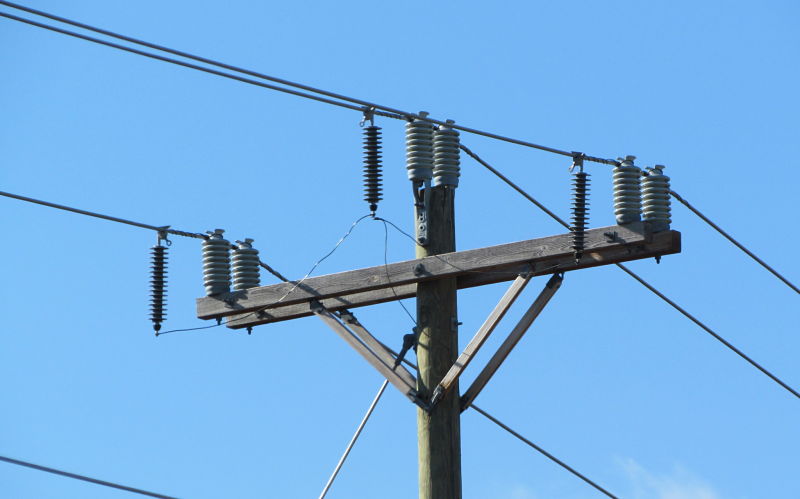The cry goes up every time Tallahassee experiences a big storm, with trees falling on electric lines and knocking out the power for many residents:
“Why doesn’t Tallahassee put its electric lines underground?”
Sure enough, the cry went up after the June 30 windstorm. Hundreds of trees fell on power lines and houses. More than 30,000 customers were without electric power for hours; it was two days before all customers were restored.
The morning after the storm, several readers emailed this newspaper: “SouthWood has underground lines, why not the rest of Tallahassee?” one wrote. “In Germany, the power never goes out because all their lines are buried underground,” wrote another.
So here’s the simple answer as to why all Tallahassee electric distribution lines are not underground: It’s too darned expensive.
Though a majority of Tallahassee electric distribution lines are underground, more than 1,000 miles of wire remain overhead. City officials estimate it would cost about $2 billion — that’s billion with a B — to move all Tallahassee electric distribution lines underground.
They estimate it would take 50 years. They estimate they would have to boost electric rates by about 15 percent to 20 percent per year for 50 years.
Throw in a few other issues associated with underground power lines — such as insulated wires underground have to be replaced every 25 to 30 years because of heat build-up — and you can see why Tallahassee officials aren’t champing at the bit to bury all electric lines.
“Certainly, we wish 50 years ago as developments came online, they were required to put electric lines underground. But they didn’t,” said City Commissioner Scott Maddox. “So it would be enormously expensive for us to retrofit our existing neighborhoods.”
What would undergrounding cost?
A big chunk of Tallahassee electric distribution lines — the ones that run directly to homes and businesses — are already underground. The city requires big developments and encourages small developments to install its new utility lines underground. Since the 1980s, every new development in Tallahassee has buried its electric distribution lines. Tallahassee’s downtown electric wires also are underground.
The result is 1,720 miles of the city utility’s total 2,870 miles of distribution lines — almost exactly 60 percent — are underground. The developers pay the costs of that construction. And the cost of installing underground lines is roughly the same as installing overhead lines when you have undeveloped land such as SouthWood was when it was constructed.
The giant transmission lines that deliver power to thousands of homes are vastly more expensive to bury because of their size and amount of electricity they carry. Generally, they are erected along the sides of roads or through pathways in the woods, where they are less susceptible to tree or wind damage.
That leaves Tallahassee with 1,150 miles of distribution lines overhead.
National studies place the cost of converting overhead lines to underground lines at $350,000 per mile to $3 million a mile. The cost varies depending on the complications of digging underground and the cost of acquiring rights of way from property owners. In mostly residential areas, where there are few impediments, the cost skews to the low end. In heavily developed areas, where the burrowing faces many and may require buying right of way, the cost to the high end.
